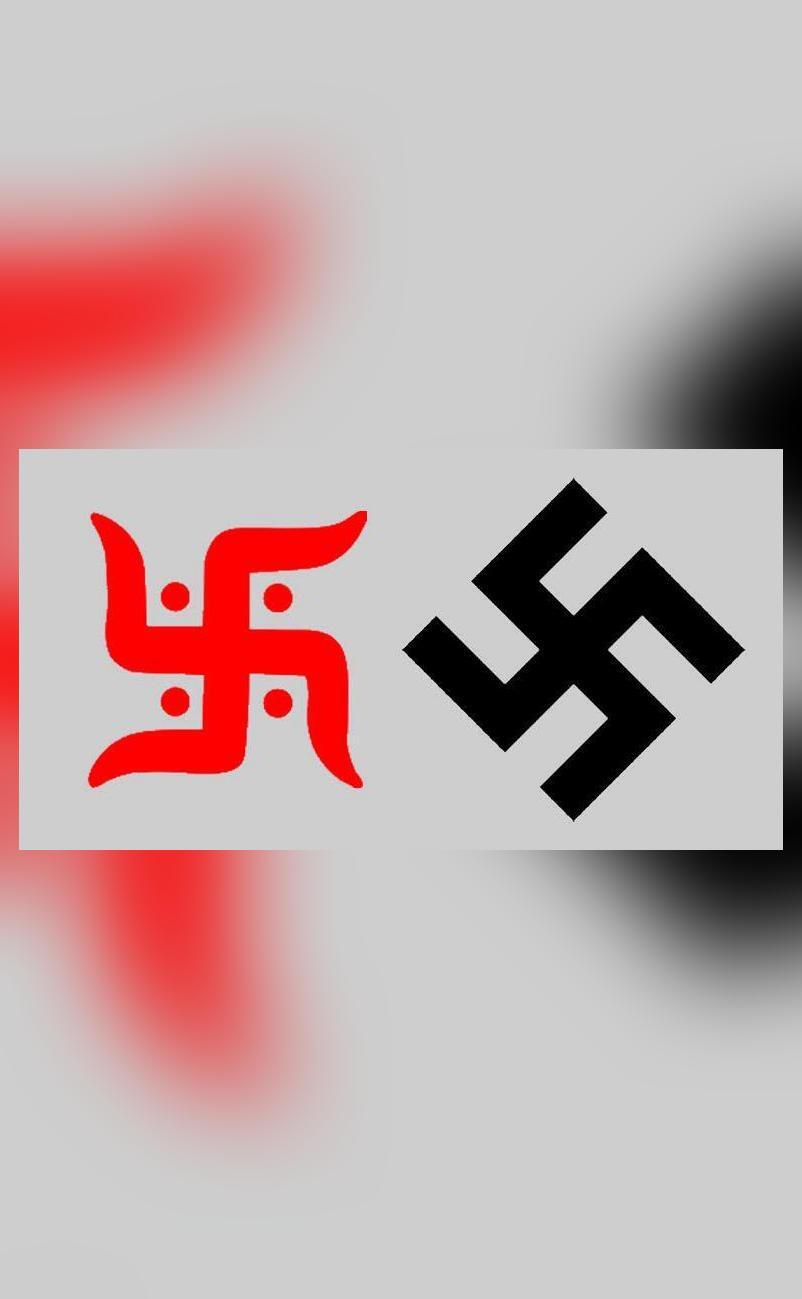
Don’t confuse sacred Swastika with symbol used by Hitler: BJP’s Malviya to Elon Musk
In a recent tweet, billionaire Elon Musk sparked controversy by equating Swastika, a sacred symbol for Hindus, Buddhists, and Jains, with the Nazi Hakenkreuz, a symbol used by German dictator Adolf Hitler. The tweet in question read, “Anyone who scrawls a swastika on a Tesla has committed a hate crime.” However, BJP’s Amit Malviya, a prominent Indian politician, was quick to correct Musk’s misconception.
Malviya took to Twitter to clarify the difference between the sacred Swastika and the Nazi Hakenkreuz. He wrote, “Mr. @elonmusk, please don’t confuse the sacred Swastika, a symbol of peace, prosperity, and good fortune for Hindus, Buddhists, and Jains, with the Nazi Hakenkreuz, a symbol of hatred, racism, and genocide.” Malviya’s tweet was in response to Musk’s earlier statement, which many felt was insensitive and perpetuated a long-standing misunderstanding about the symbol.
The Swastika, also known as the Tirtha, is an ancient symbol that dates back thousands of years. It is considered sacred in Hinduism, Buddhism, and Jainism, and is often used to represent the sun, the universe, and the cycle of life and death. In these religions, the Swastika is a symbol of peace, prosperity, and good fortune, and is often used in rituals and ceremonies to bring blessings and positivity.
On the other hand, the Nazi Hakenkreuz, also known as the NS-Flag, was adopted by the Nazi Party in Germany in the 1920s. It is a hooked cross in black, and was used as a symbol of the party’s ideology, which was based on racism, anti-Semitism, and hatred towards minority groups. The Hakenkreuz was used by the Nazis during World War II to identify themselves and to intimidate and terrorize others.
Malviya’s response to Musk’s tweet was met with widespread support on social media, with many users praising him for correcting the billionaire’s misconception. However, some users also criticized Musk for his earlier statement, accusing him of ignorance and insensitivity.
The controversy surrounding the Swastika and the Hakenkreuz is not new. In recent years, there have been several instances of the symbol being used inappropriately, often to promote hate and intolerance. In 2018, a Swastika was discovered spray-painted on a synagogue in Germany, sparking outrage and condemnation from the Jewish community and human rights groups.
In 2020, a similar incident occurred in the United States, where a Swastika was found on a Jewish cemetery in St. Louis, Missouri. The incident was widely condemned by politicians and community leaders, and sparked a national conversation about hate crimes and intolerance.
In his tweet, Malviya emphasized the importance of respecting and understanding the cultural and religious significance of the Swastika. He wrote, “Let’s not forget the Swastika’s rich history and symbolism in Hinduism, Buddhism, and Jainism. It’s a symbol of peace, prosperity, and good fortune, not of hatred and intolerance.” Malviya’s words serve as a reminder that symbols and symbols are not always created equal, and that it is important to approach them with sensitivity and understanding.
In conclusion, the controversy surrounding the Swastika and the Hakenkreuz serves as a reminder of the importance of cultural and religious sensitivity. It is crucial that we approach symbols and symbols with respect and understanding, and avoid perpetuating misinformation and ignorance.
Source: https://x.com/amitmalviya/status/1906958651937771566






